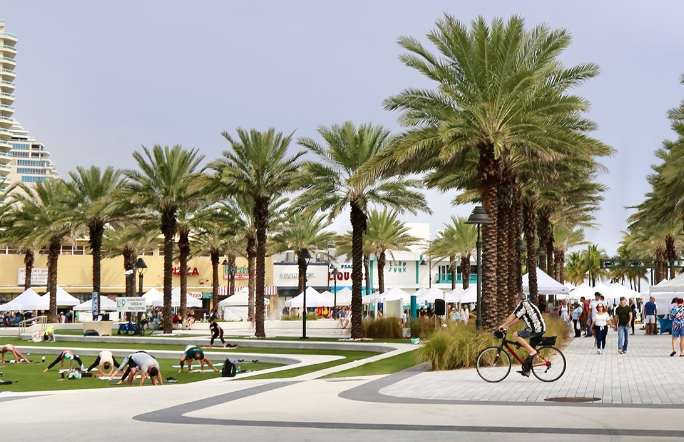Exploring EDSA Landscape Architecture
In the bustling urban landscape of Metro Manila, EDSA stands out not just as a major thoroughfare but as a symbol of resilience and transformation. Understanding the landscape architecture along this iconic highway can reveal how thoughtful design can enhance urban life. This article delves into the key aspects of EDSA’s landscape architecture, offering insights into its significance and future potential.
Historical Context of EDSA’s Landscape
The landscape architecture along EDSA has evolved significantly over the decades. Originally a straightforward highway, EDSA now incorporates elements like park strips, greenery, and public art to soften its concrete edges. This transformation reflects a growing recognition of the importance of incorporating nature and aesthetics into our urban environments. By fostering a more pleasant atmosphere, the landscape design aims to alleviate some of the stress associated with urban commuting and promote biodiversity in a densely populated area.
Sustainable Practices in Design
Modern landscape architecture along EDSA increasingly emphasizes sustainability. Designers are focusing on incorporating native plants that require less water and maintenance, which not only conserves resources but also supports local wildlife. Rainwater harvesting systems, green walls, and permeable pavements are some innovative features being integrated into these designs. These elements not only enhance the visual appeal of the highway but also contribute to better urban resilience against climate change, minimizing flooding and improving air quality.
Community Engagement Through Green Spaces
Another vital aspect of EDSA’s landscape architecture is its role in community engagement. Green spaces, such as parks and plazas, are being strategically placed to encourage social interaction and community bonding. These areas serve as multifunctional public spaces where people can gather, exercise, and participate in local events. By fostering a sense of belonging and promoting recreational activities, these landscapes contribute to the overall well-being of residents and commuters alike.
Conclusion
The landscape architecture along EDSA is more than just a visual enhancement; it embodies a holistic approach to urban planning that prioritizes sustainability, community, and historical richness. As we continue to navigate the challenges of urban living, understanding these developments becomes crucial. Consider exploring more about the role and impact of landscape architecture in shaping vibrant communities—every little green space counts!

